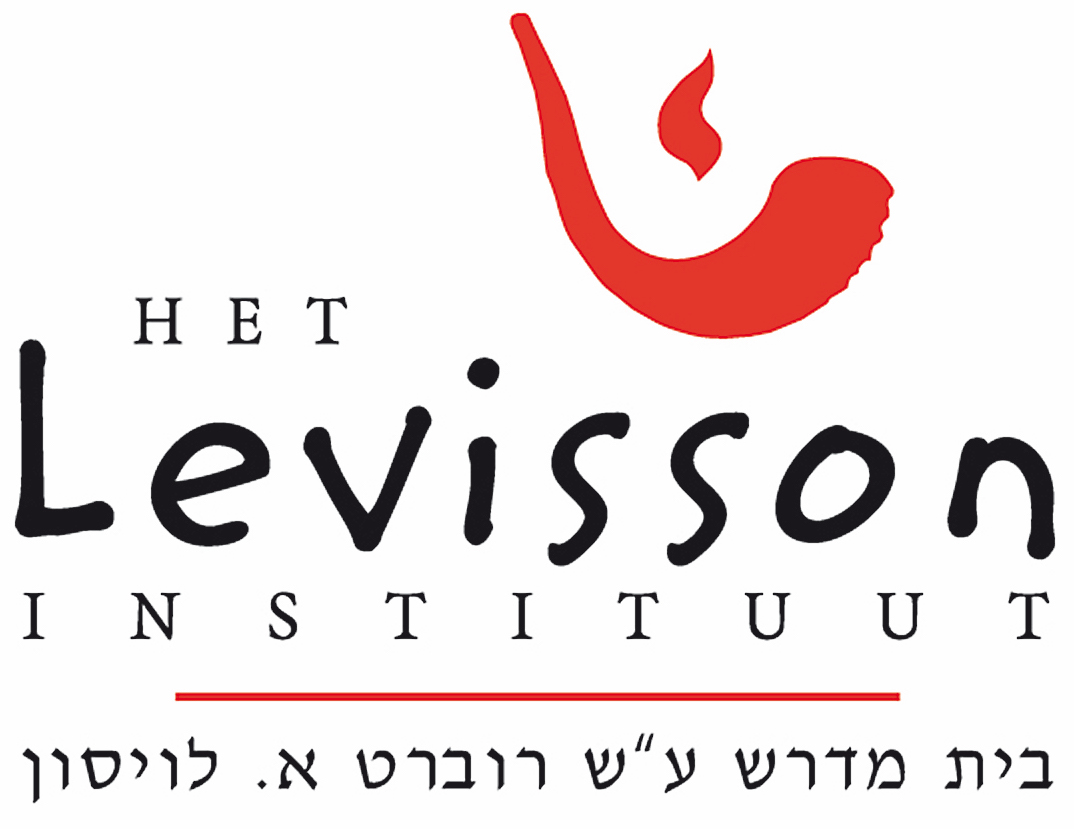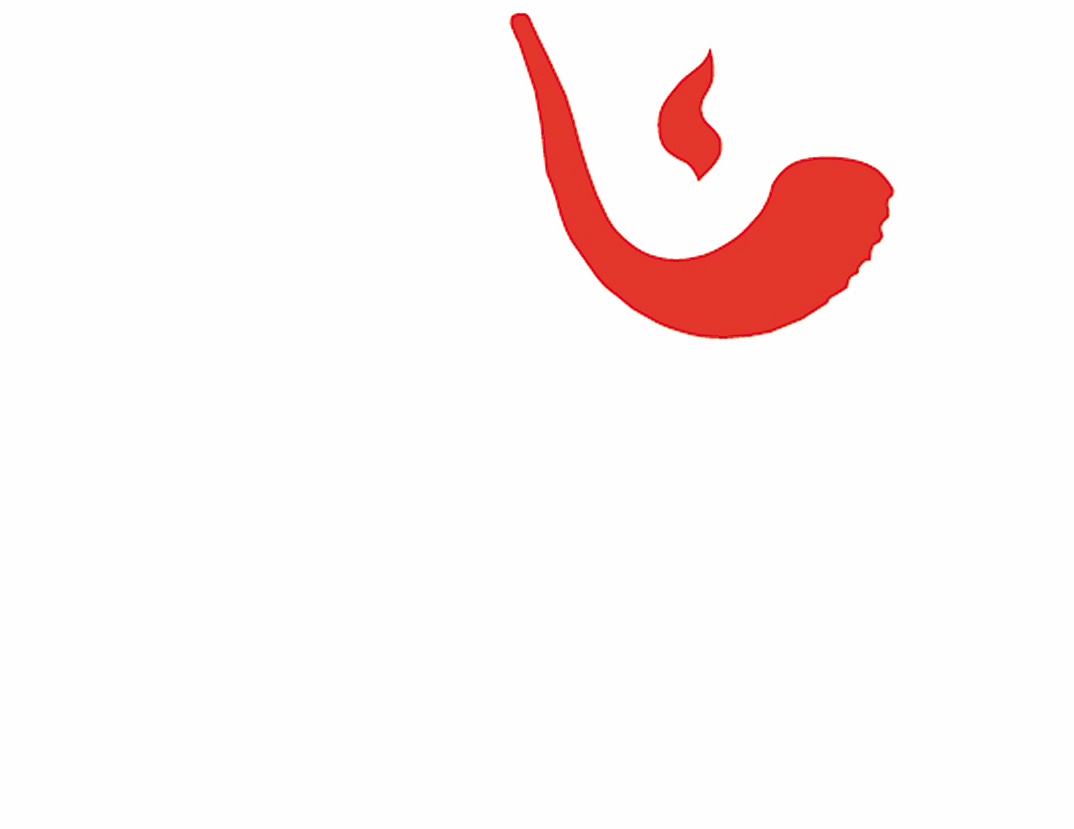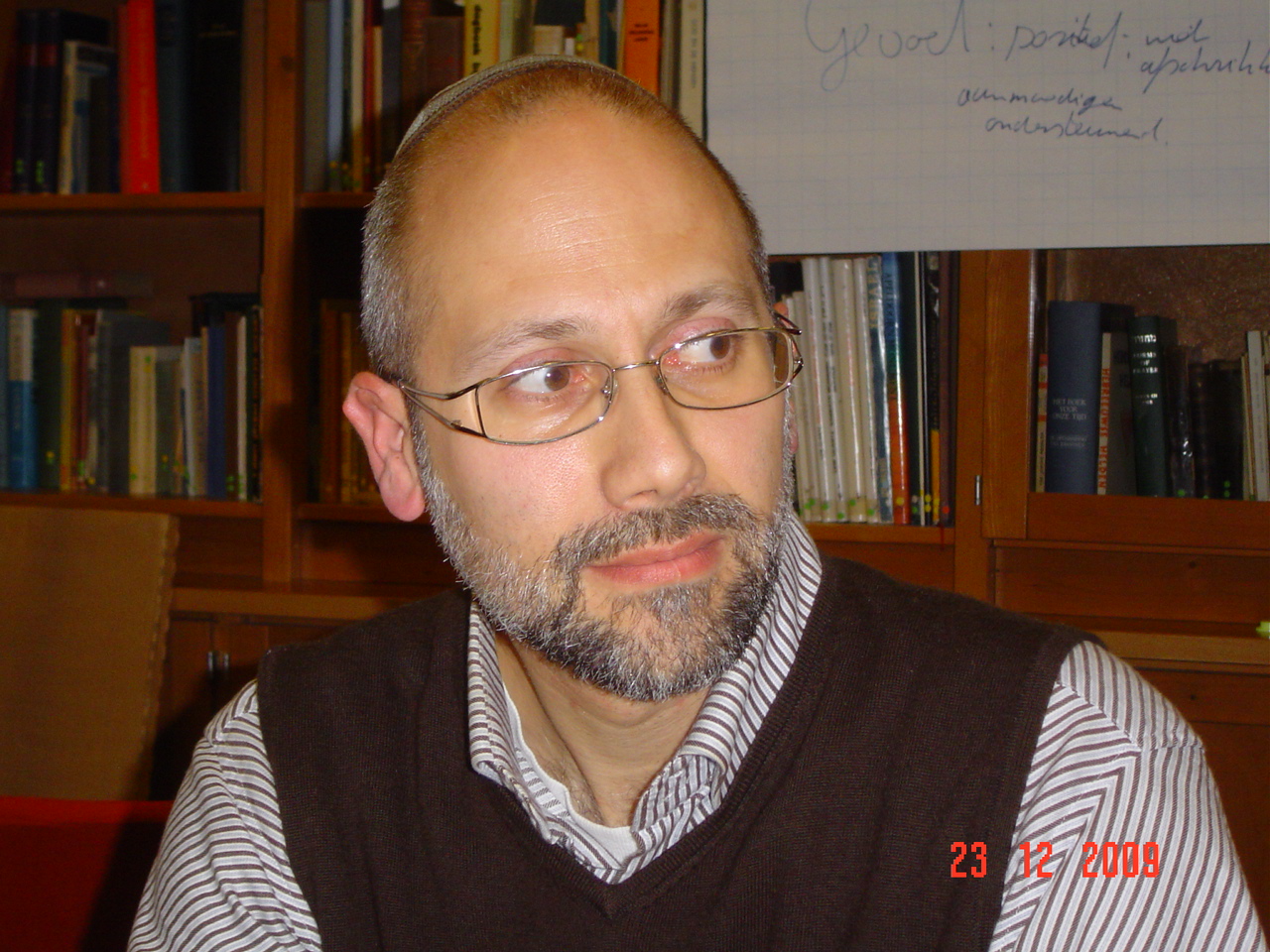In September 2003 seven students started on their rabbinic training program. Five of them completed the course of study in 2008 and were ordained on 27 Augustus 2008.
On 2 September 2012 we ordained our sixth Rabbi and on 18 May 2014 the seventh student received her semicha. The eight student was ordained on 6 January 2019.
See here for photos and videos.
Ordained in 2019
Joram Rookmaaker
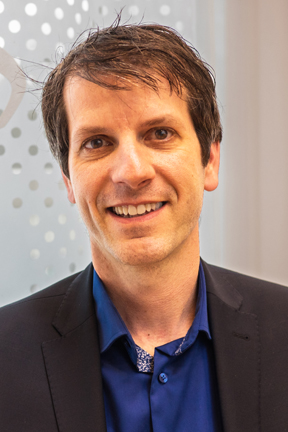
Since September 2015 Joram Rookmaaker (1971) combined his work as rabbinical worker at the Liberaal Jewish Congregation in Amsterdam with his rabinical study at the Levisson Institute. He studied Technical Business Administration and International Relations, lived abroad for some years and worked als a project manager en advisor on innovation and leadership. He published in 2011 the user-friendly “De Brede Hagada” (The Broad Hagada), who was reprinted in 2015 because of the high demand of it.
Before this Joram studied already for some years at the Levisson Institute and worked for the Liberal Jewish Congregations in Rotterdam in Utrecht. Since 2015 he fully focuses on supporting and strengthening the Dutch Jewish community and continued his rabbinical training. He is aiming to build a bridge between the rich Jewish tradition of many centuries and its application in modern Jewish life in the Netherlands. Joram was member of the board of the European Union of Jewish Students, community worker in LJG Utrecht.
Joram wrote his final thesis about the Dutch Liberal Jewish policy on people with a Jewish father.
On 6 January 2019 he was ordained and also inducted as second rabbi in LJG Amsterdam. He also works als rabbi of LJG Utrecht and as chaplain of the Dutch army.
Ordained in 2014
Clary Rooda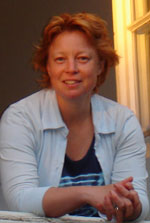 Clary Rooda (1964), who already had studied at Paideia in Stockholm, spent two years studying at the Conservative Yeshiva in Jerusalem before joining the Rabbinic course in 2007. She received her semicha in May 2014.
Clary Rooda (1964), who already had studied at Paideia in Stockholm, spent two years studying at the Conservative Yeshiva in Jerusalem before joining the Rabbinic course in 2007. She received her semicha in May 2014.
‘It was far from natural for me to lead a Jewish life. As a child I did not know I was Jewish; after the Shoah neither my mother nor her family wanted anything to do with Judaism. But blood is thicker than water, and when after a long search I set foot in the LJG Amsterdam, I knew: This is where I belong. I started on my journey of learning and gradually discovered the wealth, the depth, the joy and the comfort that Judaism offers.
I got my degree in Communication Studies and worked for many years for the Foundation for Refugee Students as supervisor for more than 200 refugees attending higher education and dealing with the PR and written communications of the Foundation.
In my search for more Jewish knowledge, I went to study for a year at Paideia, the European Institute for Jewish studies in Stockholm. There I really got to know what the Jewish sources are and became fascinated by the Talmud. Especially the classes with the lecturers from the Shalom Hartman Institute in Jerusalem made me crave for more knowledge. The more I learn, the more I realise how little I know.
Following my time in Stockholm, I could spend two years studying at the Conservative Yeshiva in Jerusalem. This was a good preparation for my studies at the Levisson Institute, where I started my rabbinic training after returning to the Netherlands.
I really would like to share my love for and knowledge of Judaism with others, and to show how for me intellect and spirituality go hand in hand. There are many Jews in the Netherlands for whom leading a religious Jewish life is not something self-evident; I think that the fact that I’ve found my own way in these matters can strengthen others in their search.’
Read Clary’s rabbinic thesis (in English) about eco-kashrut.
Ordained in 2012
Ira Goldberg
Ira Goldberg harboured the wish to become a rabbi since his youth. He was born in Chicago in 1968 and grew up in a family that is very much involved in the Jewish community; there he received a thorough Jewish education. This involvement led Ira to develop a range of Jewish activities of his own and to be professionally active in various Jewish organizations. He received his M.A. in Jewish Studies at the Jewish Theological Seminary (Conservative) in New York and an M.A. in another one in Public Administration in Non-Profit Management at Columbia University, New York.
Ira met his wife Max (Maxine) Mark in Budapest, where she worked with Bosnian refugees; he worked for the American Joint Distribution Committee with Hungarian Jews. Subsequently they did humanitarian work in a number of different countries in Africa, Europe and Asia, always driven by tikkun olam, the desire to make the world a better place.
In 2005, the couple, with their son Yirgalem, came to the Netherlands. Their other two children, Ronit and Saraf were both born in the Netherlands. They did not just happen to choose to come to the Netherlands: Max has a Dutch mother, her father lived in Amstelveen during his school years. Max’s prosecutor at the Yugoslav Tribunal in The Hague. She regards this as her mission in life as a child of Shoah survivors.
Ira stands for a Judaism that is compassionate and pragmatic, pluralistic and egalitarian, nurturing and respectful. A Judaism for people who live in a complex, often difficult world full of challenges. He will continue to work for tikkun olam and for a Judaism filled with positive experiences, such that the divine will be seen in all parts of God’s creation.
Ira received his semicha in September 2012 and was also inducted as the second rabbi of the Liberal Jewish Congregation of Amsterdam. Later he became the rabbi of the Liberal Jewish Community in Brussels.
Read Ira’s rabbinic thesis (in English) about the liturgy and rituals of giur.
Ordained in 2008
Tamarah Benima
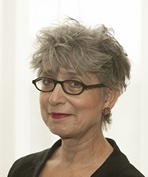 ‘My wish to become a Rabbi dates from 1987, five years before I returned to work at the NIW (Dutch Jewish weekly), this time as editor-in-chief. The first time I was faced with a female Rabbi was in England in the late ninteeneighties. I immediately reacted with: “This is it!” Due to my circumstances at the time I was unable to realize that wish; I just could not go abroad for a training of 5 years, and with no security that I wouold ever be able to return to Holland. Back home I started to study Semitic languages, but the workload at the newspaper diverted me me from the path I had planned; which, by the way, was very good for my own personal development.
‘My wish to become a Rabbi dates from 1987, five years before I returned to work at the NIW (Dutch Jewish weekly), this time as editor-in-chief. The first time I was faced with a female Rabbi was in England in the late ninteeneighties. I immediately reacted with: “This is it!” Due to my circumstances at the time I was unable to realize that wish; I just could not go abroad for a training of 5 years, and with no security that I wouold ever be able to return to Holland. Back home I started to study Semitic languages, but the workload at the newspaper diverted me me from the path I had planned; which, by the way, was very good for my own personal development.
The decision to follow the Rabbinic training at the Levisson Institute was one of the best I have ever taken. The study has been very demanding but also really stimulating. My previous knowledge and all I learned during the training merged, found its place and gave a clear direction to what I wanted and could do.
In July 2009 I was inducted as Rabbi of the Progressive Jewish Congregation Beth haTsafon (North-Netherlands), the congregation where I since 2005 had been active as an intern and freelance rabbi.
This congregation has members spread out over the three northern provinces of the country: Friesland, Groningen and Drenthe. Our synagogue is the beautifully restored small building in Zuidlaren, right in the middle between Groningen and Assen. The community is small, but very warm and friendly. I can really recommend everyone to spend a weekend as a tourist in the lovely surroundings of Zuidlaren, and then, to top it all, join us for the service which is always a source of new inspiration.
At the time when I began the Rabbinic training, I was convinced that I would never want to be a congregational Rabbi. that conviction changed radically as the training proceeded. I became the Rabbi of three congregations, Zuidlaren, LJG Heerenveen and for the time being for the LJG Brabant.
It is really a good thing to be able to serve a congregation; as I actually do also in other congregations. In the years past I have taught people who wanted to convert to Judaism, led funerals and assisted the mourners in Amsterdam, and led services in Amsterdam, Utrecht and Dieren (LJG Gelderland) been active in the Rabbinic Assembly and participated in Beth Din sittings. And since a I am also a member of the Academic Committee of the Levisson Institute.
But this is not all. Additional to my activities in the Liberal Jewish community, I see it as my most important tasks to: 1. make contact with the 80% of the Dutch Jews who are not members of any Jewish community or organisation, 2. build bridges between Jews, Christians and Muslims, and 3. give information about Judaism to anyone who wants to know, whoever and whereever they are and with all means possible (lectures, articles, programs, workshops, retreats).
I will tell anyone who really would like to go and study: just do it. You have nothing to loose, you can only win. And to anyone who wants to study Judaism in a serious and intensive fashion I say: come, do it. Don’t let the thought that you are too old or any other practical reasons stop you. Follow my example. As a Rabbi I can still be active for some 20 years. And it absolutely not a boring life.’
Tamarah Benima (1950) is also rabbi of Beit Ha’Chidush in Amsterdam.
Navah-Tehila Livingstone Shmuelit
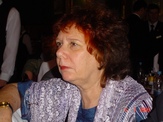
‘I was born and grew up in Israel as a descendent of Polish-chassidic ancestors. At home we were very liberal-minded, with an enormous love for Israel and all things Jewish. The heart and soul of my life are Jewish spiritual and liturgical music (I am a singer/composer/teacher) combined with the study of Torah. During the period of my Rabbinic training and next to my work, I was also active as chazzan at the LJG Utrecht. My ambition is to be a “singing rabbi” and to use my best qualities to encourage and support the “empowerment” of the Jewish people on all levels. For me the development of full and equal rights for women in Judaism and Jewish life is very important. Since I got my semicha I am the Rabbi of the LJG Utrecht and in addition I continue my intercultural activities.’
Navah-Tehila (1943) is now rabbi-emeritus of LJG Utrecht.
Read Navah-Tehila’s rabbinic thesis (in English) about liberal feminist prayers in Israel.
Marianne van Praag
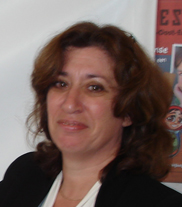
‘I began my work in Jewish life as a teacher, and taught at the Hebrew classes in LJG The Hague for 25 years. I have lived in Israel for three years and worked there as a tourist guide. When the Levisson Institute started, I was ready and took the plunge to deepen and broaden my Jewish knowledge. My particular interest is to provide pastoral care, especially when it concerns counselling in connection to illness and bereavement. I will do my best to pass the knowledge I acquire on to others.
Since I got my semicha I have been working as Rabbi of the LJG Gelderland and of LJG Flevoland. Since June 2012 I am the Rabbi of LJG The Hague, but at the same time I also carry on assisting the other congregations. As of September 2012, I am also a member of the Management Team of the Levisson Institute with particular responsibility for the Vocational Training. I am married and have two grown-up children and a grandson.’ At this time Marianne van Praag (1956) is only responsible for LJG The Hague and also has two granddaughters.
Read Marianne’s rabbinic thesis (in English) about the liberal-Jewish liturgy in the Netherlands.
Albert Ringer
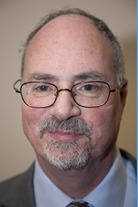
‘I got my first M.A. as an art historian and have among other things published about the synagogue architect Elte. I have been actively involved in Liberal Jewish Netherlands for long years. Having made my career in software engineering I decided to change direction and to focus on my Jewish committment. in my time as a Rabbinic student I alreay started work as Jewish chaplain to the Dutch armed forces and as pastoral worker at the Parnassia Psycho-Medical Centre in The Hague. After I received my semicha (rabbinical ordination), I was appointed Rabbi of the Liberal Jewish Congregation Rotterdam, but also kept on the position with the armed forces. The training at the Levisson Institute has ecquipped me well for work in both areas, and I enjoy what I do enormously. I am married and have three children.’
Albert Ringer (1952) is also responsible for the LJG Twente and LJG Brabant. He retired from the armed forces as chaplain.
Read Albert’s rabbinic thesis (in English) about the liturature of the Ge’onim and Rishonim.
Kine Sittig
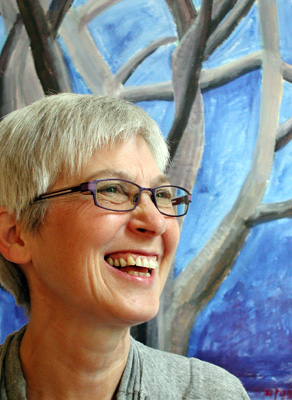
Kine Sittig (1952) studied physics and architecture in Utrecht, where she got her PhD. in 1986. For some 20 years she taught and did research in the field of the neurosciences at universities both in the Netherlands and in Israel. Subsequentially she turned to the study of Semitic languages in Amsterdam and started her rabbinical training.
Since receiving her semicha, she works as a freelance rabbi, member of the Rabbinical Assembly and the Beth Din and at the same time as an independent researcher.
Read Kine’s rabbinic thesis (in English) about the cycle of the moon with Abraham bar Hiyya and her presentation (PowerPoint).
